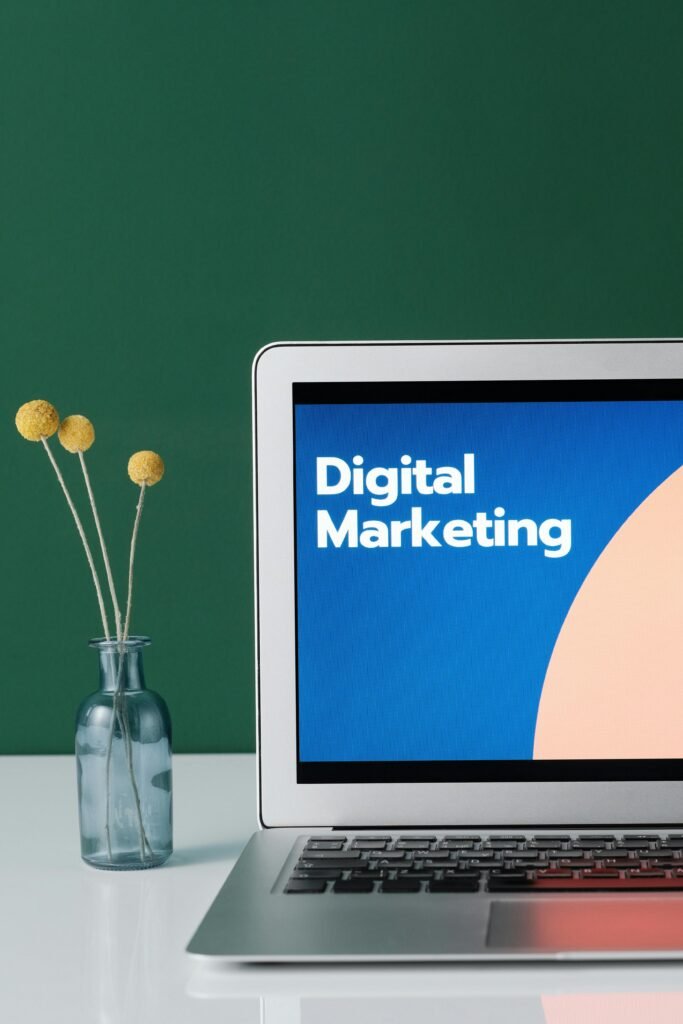Generative AI is reshaping the boundaries of creativity and innovation, offering limitless possibilities while requiring mindful and ethical usage.
“Explore the world of generative AI. Uncover how it creates art, music, and content, blending creativity with cutting-edge tech.”
Key Features of Generative AI:
Key Features of Generative AI
Generative AI leverages advanced machine learning, helps to create content, including text, images, music, and more. It excels in pattern recognition, creativity, personalization, and problem-solving. It is a powerful tool for innovation across industries.




- Content Creation: AI can generate original content, from writing articles and composing music to creating realistic images and videos.
- Data Synthesis: AI is widely used to create synthetic datasets for training machine learning models, especially when real data is scarce or sensitive.
- Personalization: AI powers highly personalized experiences, such as custom recommendations or adaptive learning materials.
- Automation: AI assists in automating tasks like drafting emails, designing graphics, or generating code.
Popular Generative AI Models:
Popular Generative AI Models
Explore cutting-edge models–GPT for text generation, DALL·E for image creation, DeepDream for artistic visuals, and MusicLM for composing music. These models showcase the creative potential of generative AI across various domains.




- Text: Models like OpenAI’s GPT and Google’s BERT create human-like text, answer questions, or generate code.
- Images: GANs or diffusion models like DALL·E and Stable Diffusion produce realistic or artistic images.
- Audio: Tools like Jukebox and WaveNet generate music, speech, or sound effects.
- Video: Emerging models can produce short video clips or enhance visual effects.
Applications of Generative AI:
Applications of Generative AI
Generative AI powers innovations in content creation, design, gaming, healthcare, marketing, and education. It generates images, text, music, and simulations, transforming industries with creativity and efficiency.




- Entertainment and Media: Creating scripts, storyboards, and special effects.
- Design: Generating logos, layouts, and 3D models for architecture and gaming.
- Healthcare: Simulating molecules for drug discovery and generating synthetic medical data.
- Marketing: Crafting targeted advertisements and personalized customer interactions.
- Education: Developing learning materials, tutoring systems, and simulations.
Future Trends :
Future Trends
Generative AI is shaping the future with advancements in hyper-realistic content creation, personalized experiences, ethical AI frameworks, and seamless integration across industries, driving innovation and creativity.




- Enhanced realism and creativity in AI-generated content.
- More focus on responsible AI development to mitigate ethical concerns.
- Integration with other technologies like augmented reality (AR) and virtual reality (VR).
- Expansion into new industries such as finance and agriculture.
Ethical Considerations:
Generative AI also raises ethical concerns….




- Misinformation: AI-generated content could be used for fake news or propaganda.
- Copyright Issues: Original creators may not be credited for the datasets AI models are trained on.
- Bias: Generated outputs can inherit and amplify biases present in the training data.
- Job Displacement: Automation of creative processes could impact traditional jobs.